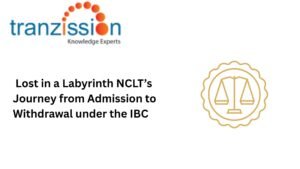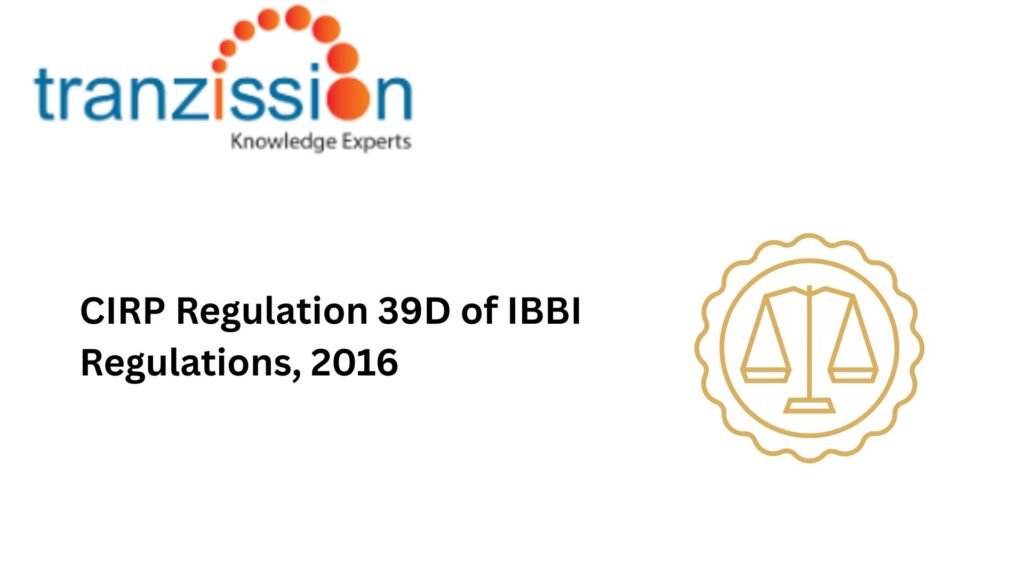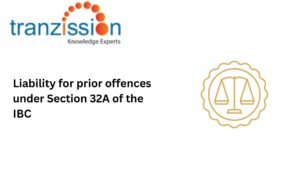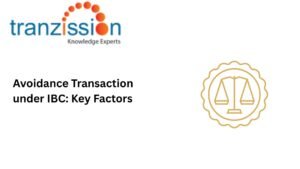
CIRP Regulation 39D of IBBI Regulations, 2016

Table of Contents
The Insolvency and Bankruptcy Board of India (Insolvency Resolution Process for Corporate Persons) Regulations, 2016 (hereon forward known as “the CIRP Regulations”) and the Insolvency and Bankruptcy Code, 2016 (“ the IBC”) outline the process for resolving corporate insolvency. When the resolution plans are not successful, the process goes to liquidation. The Adjudicating Authority then appoints a liquidator to oversee the liquidation proceedings. Like all professionals, the liquidator also has fees payable, which are mentioned under CIRP Regulation 39D.
Understanding Regulation 39(1A) of CIRP Regulations
The Insolvency and Bankruptcy Board of India (Insolvency Resolution Process for Corporate Persons) (Third Amendment) Regulations, 2021 introduced Regulation 39 (1A):
What is Regulation 39(1A) & Its Objective?
Regulation 39 (1A) of the CIRP Regulations mandates that the resolution professional must present all compliant resolution plans to the Committee of Creditors (CoC) before final selection. Thus, it ensures that CoC members have complete transparency in evaluating all possible resolution options.
Suggested Reading : Role of Independent Valuation in Maintaining Stakeholder Trust
How Does Regulation 39(1A) Improve CIRP Efficiency?
This regulation allows for limited modifications to resolution plans to facilitate competitive improvements and address potential shortcomings in the initial plan, while still allowing the CoC to challenge the plan. It prevents undue bias in selecting resolution applicants and ensures that all potential resolution plans are reviewed fairly before approval. Hence, it enhances the accountability of insolvency professionals in managing the corporate insolvency resolution process (CIRP).
Understanding CIRP Regulation 39D – Fee of the Liquidator in Insolvency Cases
Regulation 39D was inserted vide the Insolvency and Bankruptcy Board of India (Insolvency Resolution Process for Corporate Persons) (Fourth Amendment) Regulations, 2022:
What is CIRP Regulation 39D & Why is it Important?
CIRP Regulation 39D governs the liquidation cost and the liquidator’s fee, which must be approved by the CoC before ordering liquidation. It specifies that the CoC can fix the fee payable to the liquidator when approving a resolution plan under section 30 of the IBC, when deciding to liquidate the corporate debtor under section 33, and if an order for liquidation is passed under section 33.
Impact of CIRP Regulation 39D on Insolvency Professionals & Creditors:
This Regulation applies when a company undergoing CIRP is directed to liquidation. It ensures that liquidation fees are pre-approved to prevent disputes later. Furthermore, it provides a structured approach to determining the liquidator’s remuneration and protects the interests of creditors by ensuring a fair fee structure. Therefore, it impacts insolvency professionals (IPs) and creditors by requiring the CoC to fix the liquidator’s fee if the corporate debtor proceeds to liquidation, ensuring that the fee does not form part of the insolvency resolution process cost.
Legal Framework & Judicial Interpretations of Regulations 39(1A) & 39D
The Supreme Court interprets Regulation 30(1A) of the CIRP Regulations to hold that prior modification or amendment of resolution plans received does not bar the CoC from taking recourse to a challenge mechanism to enable resolution applicants to improve or better their plans. This decision affirmed that presenting all resolution plans to the CoC under Regulation 39(1A) is essential to prevent favoritism. The National Company Law Appellate Tribunal (NCLAT) in Narinder Bhushan Aggarwal v. Little Bee International Pvt. Ltd. and Anr, clarified that CIRP Regulation 39D governs the fixation of liquidator’s fees, irrespective of the specific IBC provision under which liquidation is ordered. Thus, Regulation 39D has been upheld to ensure that creditors have a say in liquidation expenses. The Insolvency and Bankruptcy Board of India (IBBI) also mandates strict compliance with Regulation 39D to avoid inflated fees during liquidation.
Challenges in Implementing Regulations 39(1A) & 39D
Implementing Regulations 39(1A) and 39D of the CIRP Regulations can pose challenges, particularly regarding the timing and scope, as well as the ability of the CoC to negotiate after its conclusion:
Risk of Procedural Delays in CIRP Due to Excessive Plan Evaluations:
The resolution plan that is most viable for the corporate debtor takes time, and is prepared based on various approved resolution plans. The continuous review of the multiple resolution plans submitted by the financial creditors and resolution professionals can extend CIRP timelines unnecessarily.
Disputes Over Liquidator Fees in Complex Insolvency Cases:
While the CoC typically determines the fees of the liquidator, the absence of the fixed fee structure can lead to disputes and challenges, as the IBBI regulations allow for flexibility in determining fees based on the complexity of the resolution process.
Ensuring Compliance Among Insolvency Professionals & CoC Members:
Insolvency and liquidation processes are complex and can lead to potential disputes. The insolvency professionals and CoC members have the responsibility to supervise the insolvency process. However, misinterpretations of regulations can lead to procedural inconsistencies in CIRP execution.
Best Practices for Ensuring Compliance with Regulations 39(1A) & 39D
The IBBI can introduce training programs to benefit insolvency professionals that are aimed to enhance their knowledge, skills, and management capabilities, ultimately contributing to effective insolvency resolution. Regular IBBI training programs can help professionals understand and implement these regulations effectively. Advanced technologies can be used by insolvency professionals and CoC members, such as artificial intelligence (AI) and digital tools, which can streamline the selection of resolution plans under Regulation 39(1A). A major issue of the fee structure can be addressed by the IBBI, which can introduce fixed fee guidelines, thereby reducing disputes under Regulation 39D.
The Future of CIRP & Liquidation Under These Regulations
The regulatory body under the IBC, the IBBI, may introduce guidelines to balance CIRP efficiency with transparency. In liquidation proceedings, creditors play a crucial role in approving liquidation fees through the CoC, which decides the fees payable to the liquidator. Encouraging more creditor participation in liquidation fee approvals can prevent disputes. The UK’s and the US’s insolvency frameworks offer liquidation fees, particularly those charged by insolvency practitioners, which are generally paid from the assets of the insolvent company or individual, with practitioners required to provide upfront estimates of their fees and costs. The UK & US insolvency frameworks provide structured liquidation fee guidelines that India can adopt.
Conclusion
Regulation 39 (1A) of the CIRP Regulations allows for limited modifications and competitive improvements to resolution plans, while Regulation 39D outlines the process for the CoC to vote on and approve a resolution plan. These Regulations ensure transparency by requiring the resolution professional to disclose information related to the resolution plan to the CoC. However, these regulations have faced challenges regarding their interpretation and application, specifically whether multiple challenge mechanisms are permissible and if the CoC can negotiate further after the initial challenge process. The IBBI can address these issues by introducing legal amendments and utilising AI tools.





